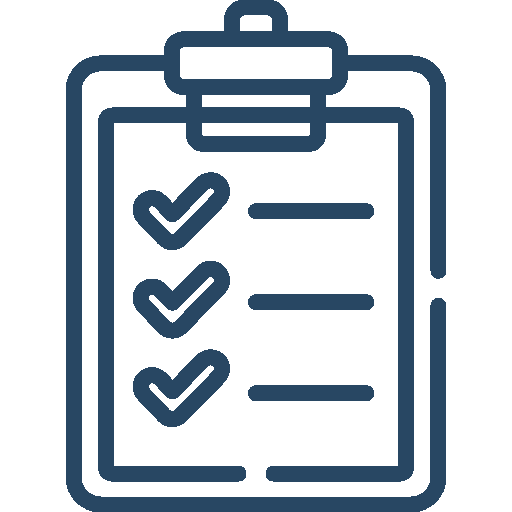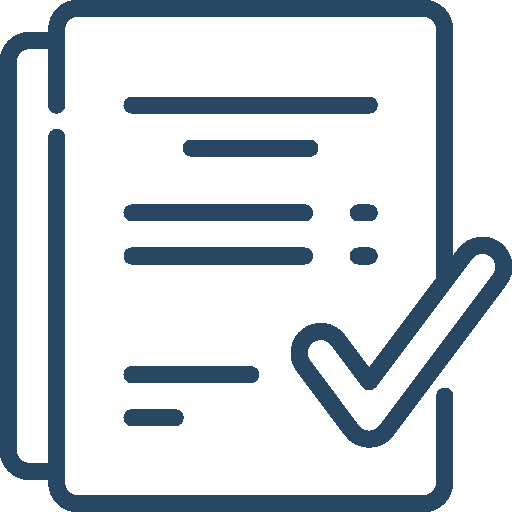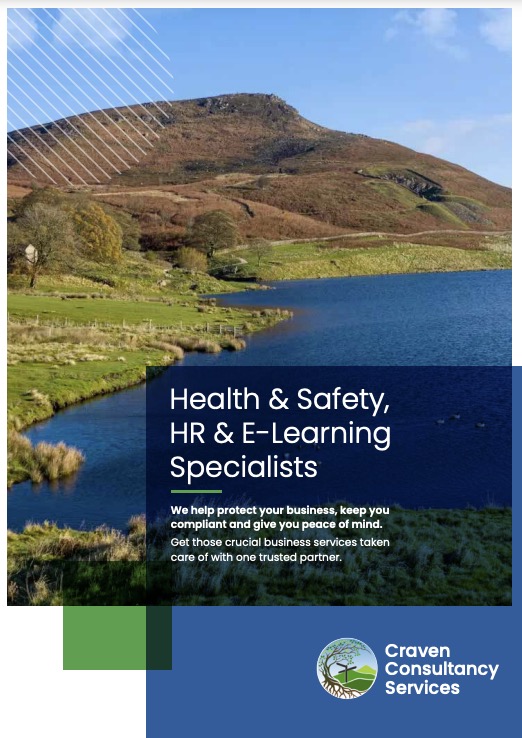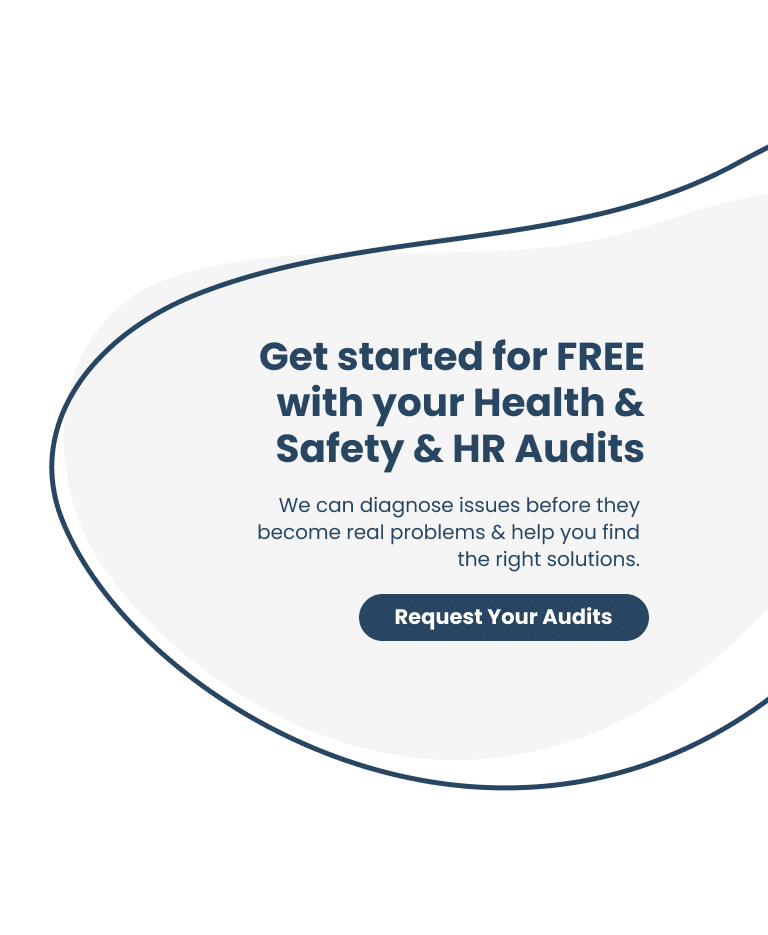This ‘Toolkit’ will give you positive strategies on how to implement a ‘Workplace Wellbeing Strategy’.
There is always a degree of resistance with regards to employee wellbeing; workplace wellbeing strategies and initiatives, particularly for SME’s – there is always something more important to spend the money on, or is there?
TOOLKIT COST
We can offer Our Workplace Wellbeing ‘Stress Risk Assessment’ & Wellbeing Strategy Toolkit for a one off payment of;
£350+VAT
FOUNDATION RETAINER
£500/month+VAT
…which includes your personal H&S & HR Consultant; Email & Telephone Advice (& on site if relevant) as & when you need us !
What's included?

Why Mental Health Matters in the Workplace?

The Importance of an Open & Inclusive Culture

Workplace Wellbeing & The Business Case

A Companies' Roles & Responsibilities

FREE Mental Health Awareness First Aid E-Learning Course

Implementing a Workplace Wellbeing Strategy

Supporting Mental Health at Work & The Facts

Line Manager Guides
Workplace Wellbeing Guidance - including Stress
Supporting Bereaved Employees Guide
Workplace Wellbeing Guidance - including Risk of Suicide
Step by Step Guide to your Workplace Risk Assessment
for over 5 employees/workers
Mental Health & Wellbeing Training Provider
Positive Strategies to Support Remote Workers
Useful Links
Within this ‘Toolkit’ we will give you positive strategies on how to implement a ‘Workplace Wellbeing Strategy’. We will outline the roles and responsibilities within a business. We include legislation, data and facts and benefits about ‘Supporting Mental Health at Work’.
We give you a comprehensive list of Workplace Wellbeing Ideas and Strategies; including a complete guide to ‘Mental Health Resources Toolkit’.
We also include Management Guides such as;
Workplace Wellbeing Guidance – including Stress
Workplace Wellbeing Guidance – Including Risk of Suicide
Supporting Bereaved Employees Guide
HSE publishes annual work-related ill health and injury statistics for 2022/23.
Nearly two million workers in Great Britain reported suffering from work-related ill health in 2022/23.
The statistics reveal that 1.8 million workers reported they were suffering from work-related ill health in 2022/23, with approximately half of the cases down to stress, depression or anxiety.
Find out more about Our Workplace Wellbeing Services

Unsure about where to start? Worry not, we can support you through the process step by step.
HSE Management Standards
We will talk you through step by step the HSE Management Standards Risk Assessment Approach.
Stress Risk Assessment
A Stress Risk Assessment is not a generic risk assessment that you can just put your company name on and adopt wholesale without any thought. This would not satisfy the law – and would not be effective in protecting people. Every business is different – you need to think through the hazards and controls required in your business for yourself.
You should review your risk assessment if anything changes (eg following a case of stress-related ill health in the workplace or if there are any significant changes, such as new work activities).
Whether an employer is a small business or a large corporation, the law requires all employers to assess the risk of work-related stress and to put steps in place to tackle those risks.
Read more about the CIPD’s Health & Wellbeing At Work Annual Survey Results Health and wellbeing at work | CIPD
Employers have a legal duty to protect employees from stress at work by doing a risk assessment and acting on it. If you have fewer than five workers you don’t have to write anything down. But it is useful to do this, so you can review it later, for example if something changes. If you have five or more workers, you are required by law to write the risk assessment down






